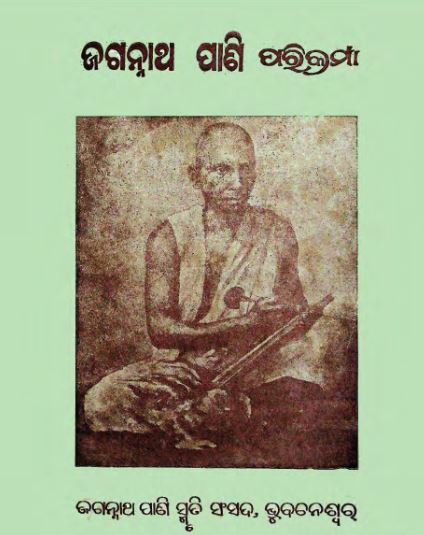Jagannath Pani Parikrama edited by Upendra Prasad Naik and published in 1990, is a significant contribution to Odia literature that encapsulates the rich spiritual and cultural heritage of the Jagannath cult. This essay book serves as a deep exploration of the rituals, traditions, and philosophies surrounding the worship of Lord Jagannath, one of the most revered deities in Odisha and across the Indian subcontinent.
The title “Jagannath Pani Parikrama” directly references the spiritual pilgrimage associated with Lord Jagannath, particularly the famed Rath Yatra (Chariot Festival) held in Puri. This event attracts millions of devotees from various walks of life, united in their devotion and reverence for the deity. In this volume, Naik compiles essays that illuminate different facets of this pilgrimage, offering readers a comprehensive understanding of the socio-cultural dynamics that accompany the worship of Jagannath.
The essays within the book are rich in historical context, literary analysis, and cultural commentary. Naik, with his adept editorial skills, curates works that address various aspects of the Jagannath tradition, exploring not only the rituals and festivals but also the mythological narratives that breathe life into the worship experience. The rich tapestry of Odia folk culture is woven through these essays, highlighting the intersection of art, spirituality, and community.
One of the distinguishing features of “Jagannath Pani Parikrama, Vol. 01” is its emphasis on the role of Lokakabi (folk poets) and their contributions to the Jagannath narrative. The volume includes insightful discussions on how these poets encapsulated the essence of spirituality and devotion within their lyrical compositions. It examines the dynamics between classical and folk expressions of faith, showcasing how local artists have kept the traditions alive through their performances and community engagement.
The essays also delve into the concept of Lyrical Drama, reflecting on how the Jagannath cult has inspired various artistic expressions, including drama, music, and dance. Naik explores how these art forms, deeply entrenched in the Jagannath tradition, serve as mediums for storytelling and expression of devotion. By analyzing specific performances and their connection to the larger cultural landscape, the book underscores the importance of preserving these art forms for future generations.
Moreover, Jagannath Pani Parikrama acts as a sub-souvenir, commemorating the spiritual journey of countless devotees who partake in the parikrama (circumambulation) of the Jagannath Temple and its surroundings. Naik captures the emotional and spiritual experiences of these pilgrims, offering a window into their aspirations, struggles, and unwavering faith. This perspective not only enriches the narrative but also resonates with readers who share a common bond of spirituality and devotion.
In summary, Jagannath Pani Parikrama is an essential read for those interested in understanding the intricate layers of the Jagannath tradition and its impact on Odia culture. Through a careful selection of essays, Upendra Prasad Naik has crafted a volume that celebrates the essence of spirituality, artistic expression, and community life centered around Lord Jagannath. The book serves as a testament to the enduring power of faith and the vibrant cultural legacy of Odisha, inviting readers to engage with the profound significance of their heritage.
Books Info
| Books name | Jagannath Pani Parikrama Part-01 |
| Editor | Upendra Prasad Naik, |
| No Of pages | 125 |
| Publisher | Jagannatha Pani Smruti Sansada |
| Publication | 1990 |
| Printed At | Sri Nishamani Press |
| Distributor | NA |

